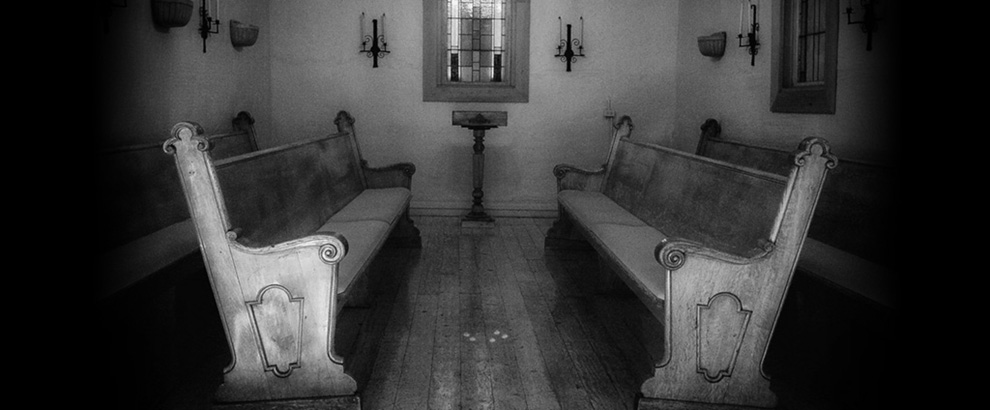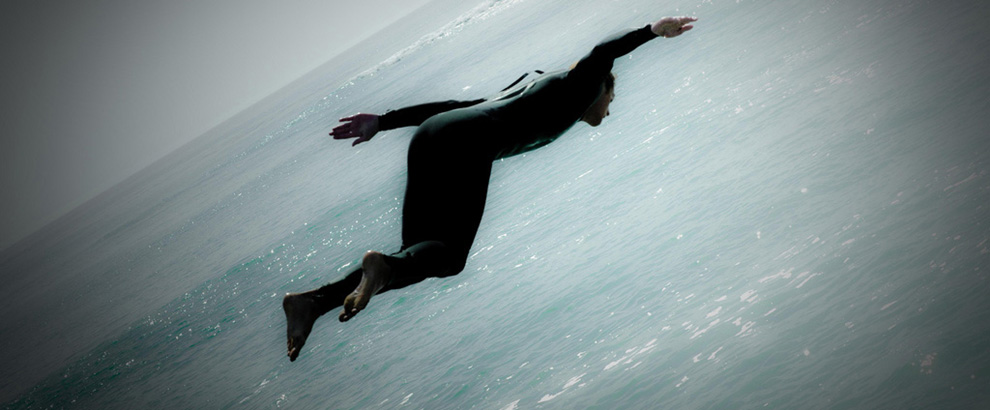
“If you are ever bored or blue, stand on the street corner for half an hour,” writes the visual artist and spare-time existential philosopher Maira Kalman in “The Principles of Uncertainty,” her wholly original, whimsical, disarmingly profound color-splash-of-a-book that caught my eye on a display table a few years ago in one of those small, impeccably curated bookshops in rural Maine, and which I finally got to reading this week.
What you will see and experience on that corner, she says on a previous page that sets up her suggestion above, is “The People. Everyone looks so exalted, or so wretched, or so spiffy, so funny, so splendid.”
It is telling, in this literal celebration of the human pageant that Kalman illustrates so lavishly and in such quirky, loving, offbeat detail, that four out of the five adjectives she attaches to her fellow humans above stand as positive attributes.

And truth be told, even the “wretched” people she observes, sketches and muses upon inspire her empathy and respect. More on that below, but let us first note the generosity of those four adjectives in Kalman’s tender, often amazement-tinged evaluation of the courage, fortitude and even chutzpah it requires to “Keep calm and carry on” in the face of all the sufferings life persists in visiting upon us through every time and place.
And though people dominate the illustrations and the spare, handrawn text that sprawl across the volume’s 299 pages (an equally enticing appendix that is like no other appendix you have ever explored runs another 25+ pages), Kalman’s people are, like her, in love with objects.
Not necessarily diamonds or palaces or fancy cars, though Kalman seems perfectly happy to behold those, too. (Little seems to incur her scorn, though a man who breaks and splatters an egg of hers on the ground, “Spitefully. For no reason,” comes close—until he turns out to be from a dream. “So there is no answer. As usual,” she shrugs.
But for most of this work (and most of her life, we can only assume), Kalman trains her attention and her love on the things of everyday life that fascinate and inspire her to no end. (Editor’s query: Aren’t “attention” and “love” redundant?)

It’s a long list. Inexhaustible, really.
That’s because humans, unlike, say, dogs, salamanders and gorillas, seem inordinately keen on imagining, making, sculpting, fashioning and sharing things—or beholding the things that were here before we were.
And in a Kalmanesque world, the artist watches, draws, paints, sculpts and writes with deep and abiding appreciation for that vast array of objects—and the people who bring them into existence.
Chairs, couches, tables, lamps, sinks, bottles, vases.
Books and newspapers, of course— especially the obituaries. (“…First thing in the morning. With a cup of coffee….I am curious about all the little things that make up a life. Little?”)
Old postcards, fruit plates, bunny sculptures, flip-flops, “exuberantly ruffled” collars, discarded green “United Pickles” product tags, lollipops, suitcases, whistles, and even Nietzsche’s “preposterous mustache.”

“Deluxe” grill cheese sandwiches, bombed-out bookstores (London Blitz…), trees (“What more do we need?” she asks), hotel rooms (with pink beds!), “superlative tassels,” bundt pans (a honey cake recipe graces the appendix), gardens, garbage cans, artfully adorned boxes.
And—hats. So many hats.
Hats that are “completely sensational,” “totally superb” or merely “jaunty.”
On men, on women, on children, of every style and angle and brim and outrageous, bejeweled height.
Kalman, it is plain to see, sees most every last thing of existence as amazing on its face and worthy of note. And she does so with a tender, questing heart, finely tuned to life’s ambiguities, struggles and triumphs.
Not so much triumphs on a grand stage of history, though that bears admiration, too. (Churchill and Lincoln come in for mention, among others—Lincoln in a [hatless!] portrait, Churchill for his “serene and charming paintings,” one of which, bright flowers in a vase, she reproduces in loving detail.)

But mostly, she is both bemused and awed by human diversity and its billions of unique elaborations and pursuits, from the ridiculous to the ridiculously exuberant to the quietly heroic.
In one lovely six-page sequence, she pictures seven solitary, aged souls engaged in the basic—but for them, trying—activity of walking.
They walk alone, heads bowed, a little bent, several leaning on canes, on pages with no background imagery, just them against the vast blank space of the world. The text walks with them, a few lines per page, forming an (informal!) poem, adorned by Kalman’s delightfully idiosyncratic approach to capitalization:
I Have a specialty of Love—
old people who have difficulty walking.
I walk Behind them and
quietly imitate Their step.
My heart goes out to Them.
Shall I Follow For the
Rest of the day?
Shall I offer Help?
Sit and Read with them?
Clean their Houses and
Make them Lunch?
Step,
Step,
Step.
Soon enough it will Be Me
Struggling (valiantly?) to walk—
Lugging my Stuff around.
How are we
All so Brave
as to take
step
after
step?
Day
after
day?
How are we so
optimistic, so careful
Not to trip and yet
Do trip, and then
Get up and say O.K.
Why do I feel so sorry
For everyone and So Proud?
***
Kalman, now 74, was born in Tel Aviv to a Jewish mother from Belarus who had escaped the pogroms that were still a malevolent force in post-World War II Europe. The family settled in the Bronx when Kalman was 4. At age 18, she met and ultimately married the Hungarian-born designer Tibor Kalman, a New York union of heart and head and artistic sensibilities that ended in 1999 when Tibor died of melanoma at age 49.

She makes no mention of that in “Principles,” but the sadness of life is an interweaving thread in the tapestry of her art, right alongside “the dazzling woman with three extra large bobby pins” in her hair and “Two girls on their way to the Aquarium (who) have tied T-shirts on their heads and they are dancing. DANCING!”
Other threads on the tapestry are occupied by the horrors of Stalinism, the Holocaust, the Arab-Israeli conflict, Hurricane Katrina, a visit to Omaha Beach. Brief mentions all, but no less acutely rendered than all the zany, fantastic antics and expressions she holds so dear.
Kalman has illustrated multiple “New Yorker” magazine covers over the years, the art for Daniel Sandler’s widely beloved “Lemony Snicket” series, and created 30 books for both adults and children.
And for longtime admirers of the strictly text version of Strunk & White’s renowned “The Elements of Style” (which has had a spot on the “Sacred Works” shelf of writers’ and editors’ home libraries since its original publication in 1935), she scored the ultimate, surely divinely inspired coup of producing an illustrated version in 2005.
***

***
The work, featuring 57 Kalman illustrations, was feted that year in the New York Public Library with an “Elements of Style Song Cycle” by composer Nico Muhly. Featured performers: “The Omit Needless Words Orchestra.” (In a world where “You can’t make this stuff up” has become part of daily repartee, used mostly in an ironic, half-bitter way, we should all sink to our knees that the likes of Kalman keeps making this kind of stuff up.)
So on that sweet note, here is Kalman again, riffing on her beloved uncertainty: “It is well known how much Goethe Loved candy…serious german chocolate truffles. I am in the process of procuring the Goethe BonBon dish.”
And then, abruptly: “Did Goethe know who he was? The question is, does one Need to know? And what is it you know once you think you know?”
What Kalman seems to know is that despite the sun being set to explode in five billion years (“That really changes everything, doesn’t it?”), what people always have done and will always do till that day arrives is to live, if they can and while they can.
And in that living, riches of almost every possible stripe and hue are there for the plucking—though sharing them helps make, of course, the very best of all possible worlds.
“My sister and I go to Israel during the Short, Furious, the World-is-Doomed War. For a Wedding. Because you cannot postpone weddings in Dark Times—Especially in dark times. Who knows when the light will come on again. Are things Normal? I don’t know. Does Life go on? YES.”
***
***
Three minutes, live…
***
Comments? Questions? Suggestions, Objections, Attaboys? Just scroll on down to the Comments section below. No minimum or maximum word counts!
Check out this blog’s public page on Facebook for 1-minute snippets of wisdom and other musings from the world’s great thinkers and artists, accompanied by lovely photography.
https://www.facebook.com/andrew.hidas/
Deep appreciation to the photographers! Unless otherwise stated, some rights reserved under Creative Commons licensing.
Elizabeth Haslam, whose photos (except for the books) grace the rotating banner at top of page.
https://www.flickr.com/photos/lizhaslam/
Library books photo by Larry Rose, all rights reserved, contact: larry@rosefoto.com
All illustrations from “The Principles of Uncertainty,” except for “The Elements of Style” near bottom of page.















I love Maira Kalman, and I love what you have to say about her! (And I liked your music selection.)
Thanks much, Jackie. My only regret is letting a few years go by between my first “Buy” impulse on this work, and finally diving in. Happens sometimes, though—one more reason not to be overly enthusiastic about purging home libraries just because a book has been lying around for a while! :-)
I like Mairaa Kalman’s “chic” style illustrations. They’re an interesting mix of several late 19th and early 20th century art movements: Pop Art, Art Deco, Fauvism and Post Impressionism. Pop Art’s simplicity of line, solid color scheme, and absence of shading lends itself well to commercialism, seemingly central to many of her illustrations (see Alex Katz’s “The Red Band”). Art Deco, particularly as it relates to fashion, is an obvious influence. Its clear line and uncomplicated colors whisper “No distractions, please” (see Itzchak Tarkay‘s “Cosmopolitans”). Her use of strong colors, intentional or not, remind me of Fauvism (see Henri Matisse’s “Madras Rouge”). When post-impressionism broke away from Impressionism, off-beat colors, silhouettes, and geometric forms took on far greater importance (see Henri de Toulouse-Lautrec’s “il manifesto d’autore”). It’s easy to understand why the “New Yorker” embraced her art.
I’m struck by her comment “Are things Normal? Does life go on? YES! Daily news reports easily lead us to surmise that things are not normal, especially the political environment in the U.S. The rabid proliferation of misinformation and disregard for civility and traditional standards of law and justice understandably create, for many, anxiety and hand-wringing that can be almost paralyzing. But does life go on? Absolutely! Kalman’s exhortation for movement and purposeful immersion in daily life is, in my view, an important cue for those locked up with fear and anticipation of a dystopian future. Humans are divinely and infinitely diverse and interesting, and observing and interacting with them is life-giving and life-affirming. Kalman is insightful and inspirational. Many thanks for bringing her to my attention. As a 73-year-old I am particularly mindful and appreciative of her perspectives at age 74. I’m proud to have her as an age-peer. If only I had her wisdom.
Well, you packed a lot into that little art styles tour, Mr. Spencer—many thanks! Were I ever to gather an Editorial Board, you would most certainly hold down the Art Chair. Meanwhile, I look forward to casting my gaze on the works you cite—looks like an intriguing list.
Jay, if any year were ever to put a premium on the need for “Normal,” 2024 looks like the one. Have found myself, for obvious reasons, thinking a lot about people living under autocracies, and how “normal” has to proceed apace under them or else people will drive themselves to absolute distraction. And I think living under the threat of autocracy, in an unsettled situation, has to work the same way. Pay Caesar his due, so to speak, do what we can when we can, and for the rest of it, live a life. A people giving up on joy and beauty represents the ultimate triumph of the oppressor.